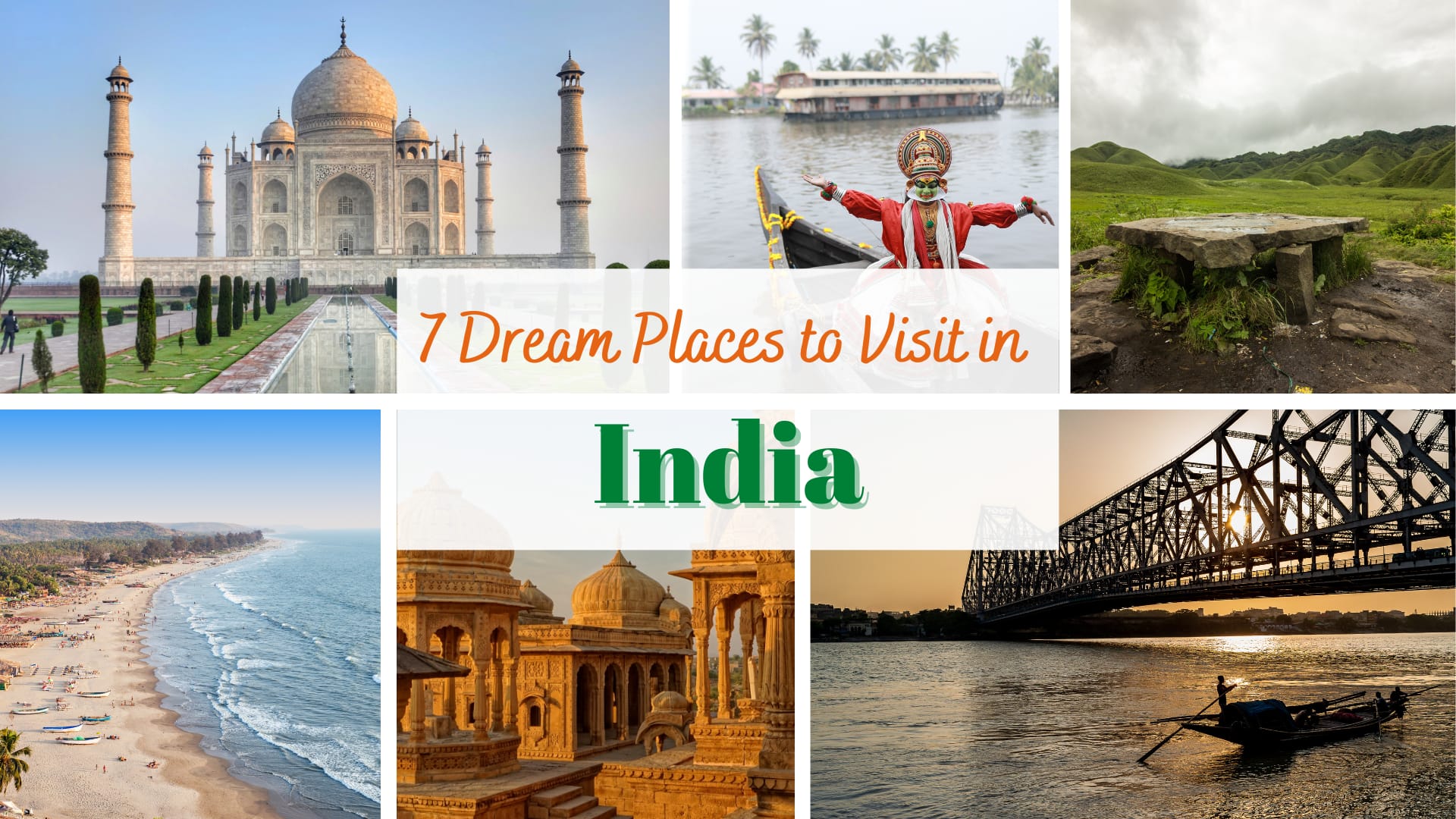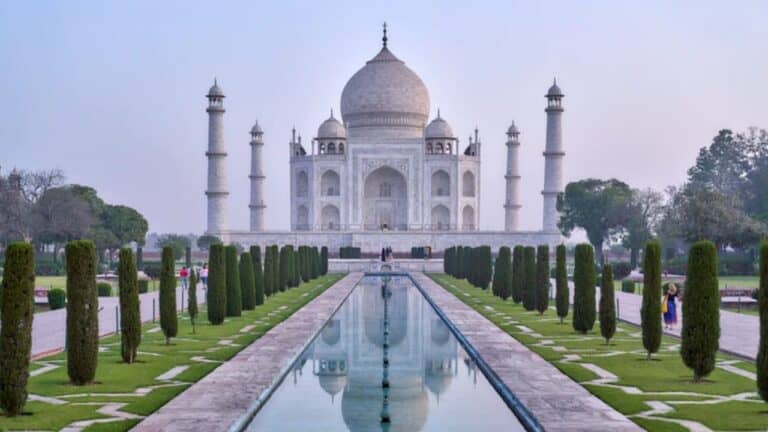Bishnupur or Vishnupur is a little town in the Bankura district of West Bengal. The town was the administrative capital under the reign of the Malla kings. The town is believed to derive its name from the Hindu God, Vishnu. Bishnupur has a rich cultural past, evident in the architecture and intricate handicrafts that the town boasts of. The town is especially known for its intricate terracotta work. Jewellery, artifacts, and pottery made of terracotta are particularly known. Bishnupur is also known for its wide variety of Baluchari sarees. Here are 10 places to visit in Bishnupur.
10 Best Places To Visit In Bishnupur
Are you looking for the best places to visit in Bishnupur? You would be glad to know that Bishnupur is surrounded by numerous interesting places that will hold you in awe.
Jor Bangla Temple

In 1655 AD, King Raghunath Singha, a Malla ruler, commissioned the construction of the Jorbangla Temple. Renowned for its unique Bengali architectural style, it stands as a prime attraction in Bishnupur. The temple is designed in the form of two huts topped with an ornate tower, adorned with intricate Terracotta carvings. Beyond attracting scholars and archaeologists fascinated by ancient architecture, it also draws a significant number of worshipers.
Rasmancha
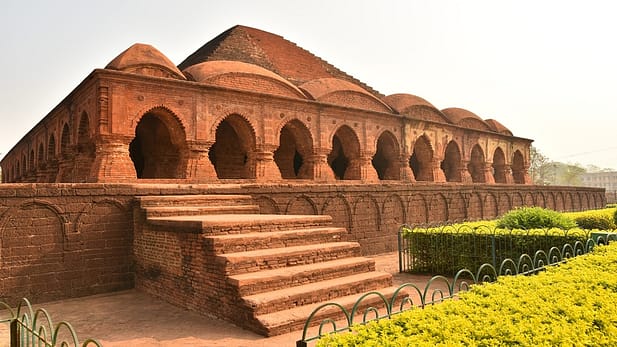
The oldest brick temple, Rasmancha was commissioned by Malla King Bir Hambir in 1600 CE. The temple has one inner chamber housing the idols of Radha-Krishna.
It has an elongated tower encircled by turrets which are of hut shapes. It is enclosed by a passageway and there are some big cannons that date back to the Malla period. The Vaishnava Ras festival was held till 1935 before it was converted to a protected monument.
Lalji Temple
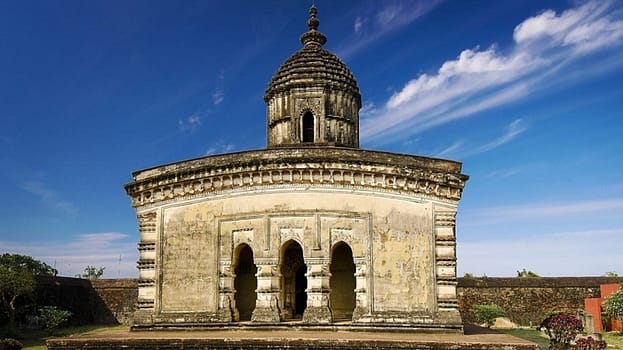
Constructed in 1658 by Bir Singha II, Lalji Temple, also known as the Eka-Ratna Temple, stands as one of Bishnupur’s ancient structures. Situated close to the Jor Bangla Temple, this prominent terracotta temple is enclosed by a wall, featuring a gateway passage facing east. A must-visit for every traveler in Bishnupur, the Lalji Temple serves not only as a historic site but also as a well-known landmark in the town.
Madan Mohan Temple
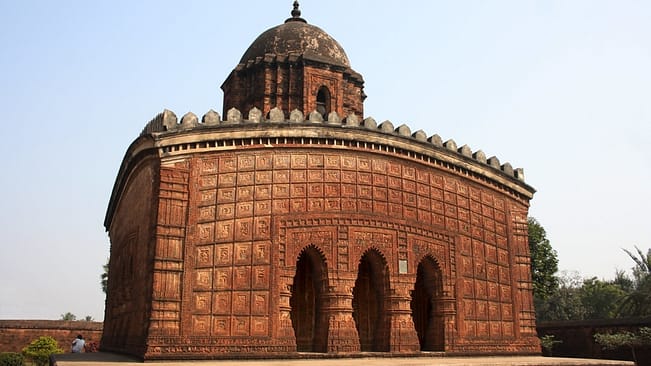
Constructed in the 17th century, the Madan Mohan Temple stands as a testament to Malla King Durjana Singh Deva’s devotion to Lord Krishna and Goddess Radha. Designed in the Eka-Ratna style, it is one of the oldest temples in Bishnupur, West Bengal. As you enter, you’ll be greeted by two imposing pillars adorned with intricate artwork. The pillars’ bases depict mythological scenes, including the battle between Lord Ram and Ravana, along with the presence of Lord Hanuman and his army of monkeys.
Bishnupur Museum
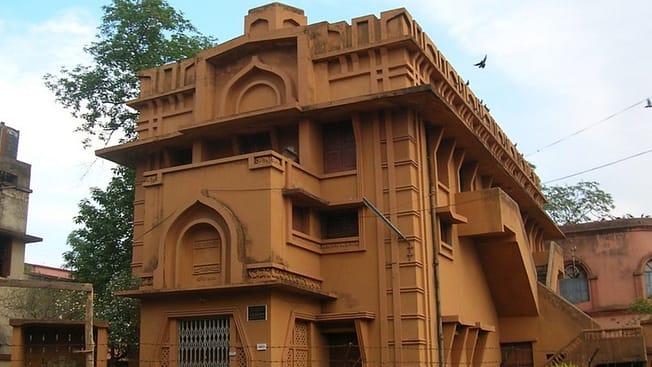
Established in 1951, the Bishnupur Museum, also known as Acharya Jogesh Chandra Purakriti Bhawan, stands as a significant attraction in the city. Located at Dalmadal Para, it holds the distinction of being the sole museum in the entire Bankura district dedicated to art and archaeology. The museum’s collection is diverse, encompassing around 5000 manuscripts, 100 sculptures dating back to the 10th-12th century, as well as precious specimens of textiles, photographs, and folk arts and crafts.
Susunia Hill
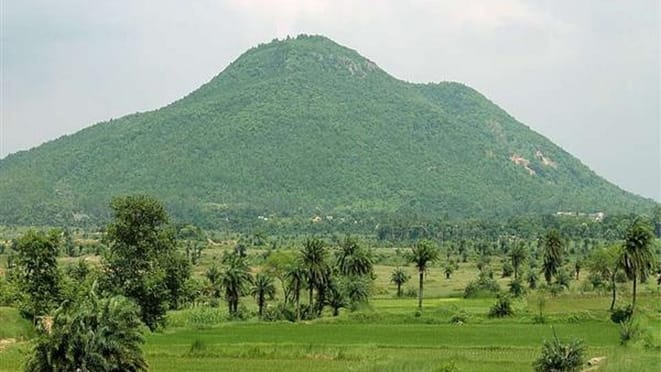
Discover the pristine allure of Susunia Hill and step back in time to ancient epochs. This hill is believed to predate even the mighty Himalayas, with historical accounts linking it to Raja Chandravarman and his fort. Susunia Hill holds significant archaeological importance and houses ancient fossils of various animal species, including Giraffes, Asiatic Lions, and Hyenas. Wander freely amidst the enchanting ‘Shal-Palash’ crowd, traverse slopes bathed in soft green light, and absorb the serenity. Susunia Hill also serves as a sanctuary for diverse medicinal plants. Immerse yourself in the breathtaking beauty of nature, surrounded by an expansive canopy of flora. For those seeking adventure, the rock climbing center at Susunia Hill is the perfect starting point for an exciting mountaineering journey.
Mukutmanipur

A popular weekend getaway for Kolkata locals, Mukutmanipur in the Bankura district of Kolkata is a serene town with lush green forests, clear blue water, and green hills in the backdrop.
Sharing borders with Jharkhand, Mukutmanipur is located at the confluence of Kumari and Kangsabati. A small serene town that it is, it attracts many tourists who come here in search of a peaceful vacation. Mukutmanipur dam is said to be the second largest dam in the country while the man-made barrage here which canalizes the river water of Kumari and Kangsabati for irrigation purposes in the nearby districts of Bankura, Purulia, and Medinipur during summers is also the second largest of its kind.
Radha Shyam Temple
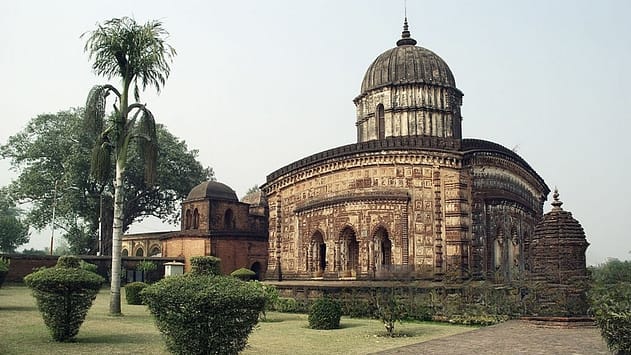
At a distance of 2 km from Bishnupur Bus Station, Radha Shyam Temple is the famous terracotta temple in Bishnupur, West Bengal. Located near Jor Bangla Temple, it is one of the popular temples to visit in Bishnupur.
Dedicated to Lord Krishna, the temple was built during the reign of King Chaitanya Singha in 1758 CE. The Radhashyam temple in Bishnupur is known for its terracotta style of architecture. This south-facing temple has a curved roof with a single tower that crowns the square structure of the building. Radha Shyam Temple is situated within a walled premise with a unique gateway structure. The front and the back surface of the gateway has superb terracotta carvings, mostly in floral pattern.
Enshrining the images of Lord Krishna and Radha in the sanctum, the Radha Shyam Temple is esteemed as the living shrine in the region. Along with the Radha and Shyam (Lord Krishna), the sanctum also includes the images of Nityananda and Chaitanya. In the temple vicinity, there is another shrine dedicated to Lord Jagannath of Puri.
Dalmadal Kaman Canon
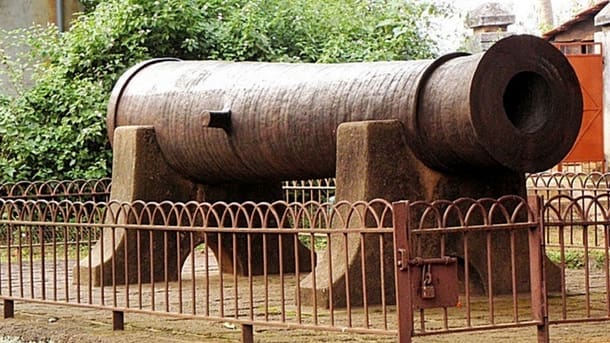
This royal canon was built by Maharaja Bir Humber around 1600 AD. Dala means ‘a group’ and mardan means ‘to destroy’. And true to its name, this mammoth canon, made of 63 iron plates was used to defend the Malla territory against the enemies. Due to the lack of easy availability of pure iron, it is believed that charcoal was used to melt enormous amounts of iron in order to construct Dalmadal Kaman Canon. Moreover, due to its extensive weight, big wheels and elephants were used to carry the canon to the battleground. Legend has it, that the canon was lost after the decline of the Malla dynasty, only to be rediscovered later by the Britishers. This royal canon stands as an example of the great past of Bishnupur.
Conclusion
Bishnupur, with its blend of history, culture, and natural beauty, stands as a testament to India’s rich heritage. The 10 Best Places to Visit in Bishnupur offer a glimpse into the town’s soul. Whether you’re a history buff, nature lover, or cultural explorer, Bishnupur has something extraordinary to offer at every turn. Plan your trip and immerse yourself in the magic of this enchanting town.

